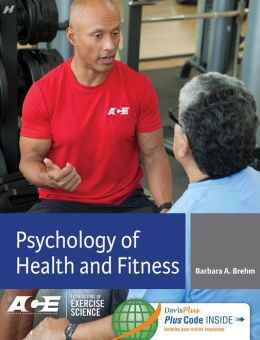-79%
Home Modifications for Enhanced Accessibility and Inclusivity
Ethical and Legal Framework for Home Modification Practice
Occupational therapists play a crucial role in mitigating environmental barriers and ensuring the accessibility of homes for individuals with disabilities and older adults. To effectively address the needs of these individuals, a comprehensive understanding of the ethical and legal context surrounding home modification practice is paramount. This includes adherence to principles of equity, respect, autonomy, and beneficence, as well as compliance with relevant laws and regulations.
Technical Considerations for the Built Environment
Environmental barriers often stem from architectural and structural limitations that hinder accessibility. Occupational therapists must possess a thorough understanding of building codes, universal design principles, and specific technical aspects of the built environment. This knowledge enables them to identify and address obstacles such as narrow doorways, inaccessible bathrooms, and inadequate lighting, ensuring that modifications comply with safety and functionality standards.
Access Standards and Design Approaches
The accessibility of homes is governed by various standards and design approaches that provide guidelines for creating inclusive environments. Occupational therapists must familiarize themselves with these regulations, including the Americans with Disabilities Act (ADA) and the Uniform Building Code (UBC), to ensure that home modifications align with established accessibility criteria. Understanding these standards is essential for creating accessible spaces that promote safety, mobility, and independence.
Product and Finish Considerations for Home Modifications
The selection of products and finishes for home modifications plays a significant role in ensuring comfort, safety, and functionality. Occupational therapists must consider various factors, including the durability, ease of use, and aesthetic appeal of different materials. By understanding the properties and applications of various products and finishes, therapists can make informed recommendations that enhance the accessibility and liveability of modified homes.
A Practitioner’s Guide to Home Modification Practice
“An Occupational Therapist’s Guide to Home Modification Practice,” Second Edition, authored by Elizabeth Ainsworth, Desleigh de Jonge, and their esteemed contributors, serves as a comprehensive resource for occupational therapists seeking to enhance their knowledge and skills in home modification practice. The book provides in-depth insights into the transactional approach to person-occupation-environment interaction, offering a detailed understanding of the home environment’s dimensions that influence modification decisions.
Cutting-Edge Research and Innovation in Home Modifications
The Second Edition of the guide incorporates the latest research and best practices in home modification, empowering occupational therapists with up-to-date information and evidence-based approaches. It includes an overview of recent outcome research findings, updates on evaluation methods, and new research on home dimensions impacting decision-making. The guide also introduces practical guidance on grabrail and ramp prescription, along with real-world case studies showcasing diverse home modification solutions for clients with varying needs.
Educational Resources for Home Modification Practice
In addition to serving as a practical manual for experienced home modification practitioners, “An Occupational Therapist’s Guide to Home Modification Practice,” Second Edition, also functions as a valuable teaching aid for educational settings. Instructors can access a wealth of supplementary material at www.efacultylounge.com, enriching classroom instruction and enhancing students’ understanding of this essential aspect of occupational therapy practice.
By embracing the ethical, legal, technical, and practical considerations outlined in this article, occupational therapists can effectively address environmental barriers and transform homes into accessible, safe, and inclusive environments for individuals with disabilities and older adults.
maybe you like these too:
- Research Involving Participants with Cognitive Disability and Difference: Ethics, Autonomy, Inclusion, and Innovation (Original PDF from Publisher)
- Mosby’s Pathology for Massage Therapists, 3e (Original PDF from Publisher)
- Effective SLP Interventions for Children with Cerebral Palsy: NDT/Traditional/Eclectic
- Health Care-Associated Transmission of Hepatitis B and C Viruses, An Issue of Clinics in Liver Disease (The Clinics: Internal Medicine) (Original PDF from Publisher)









Reviews
Clear filtersThere are no reviews yet.